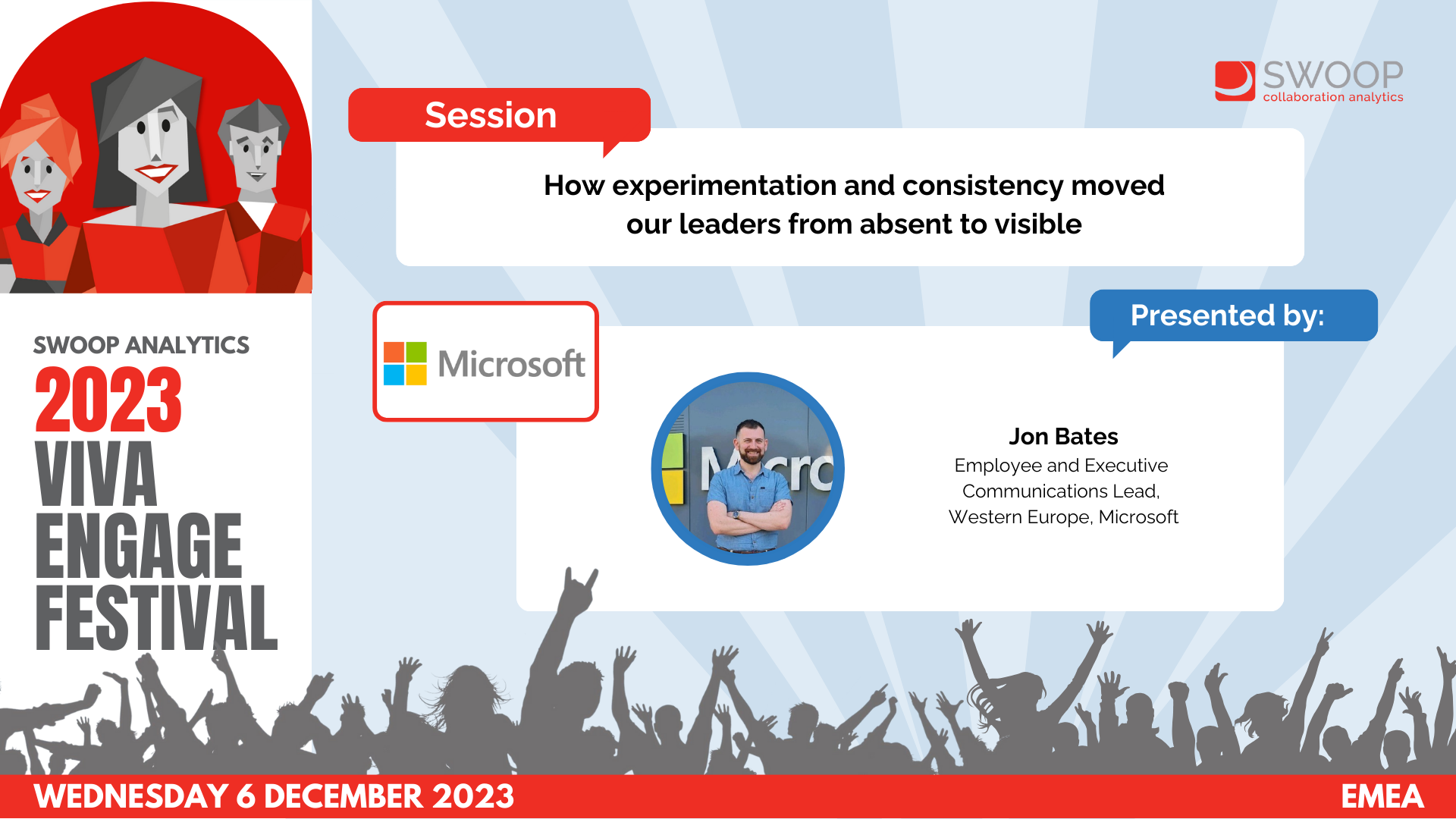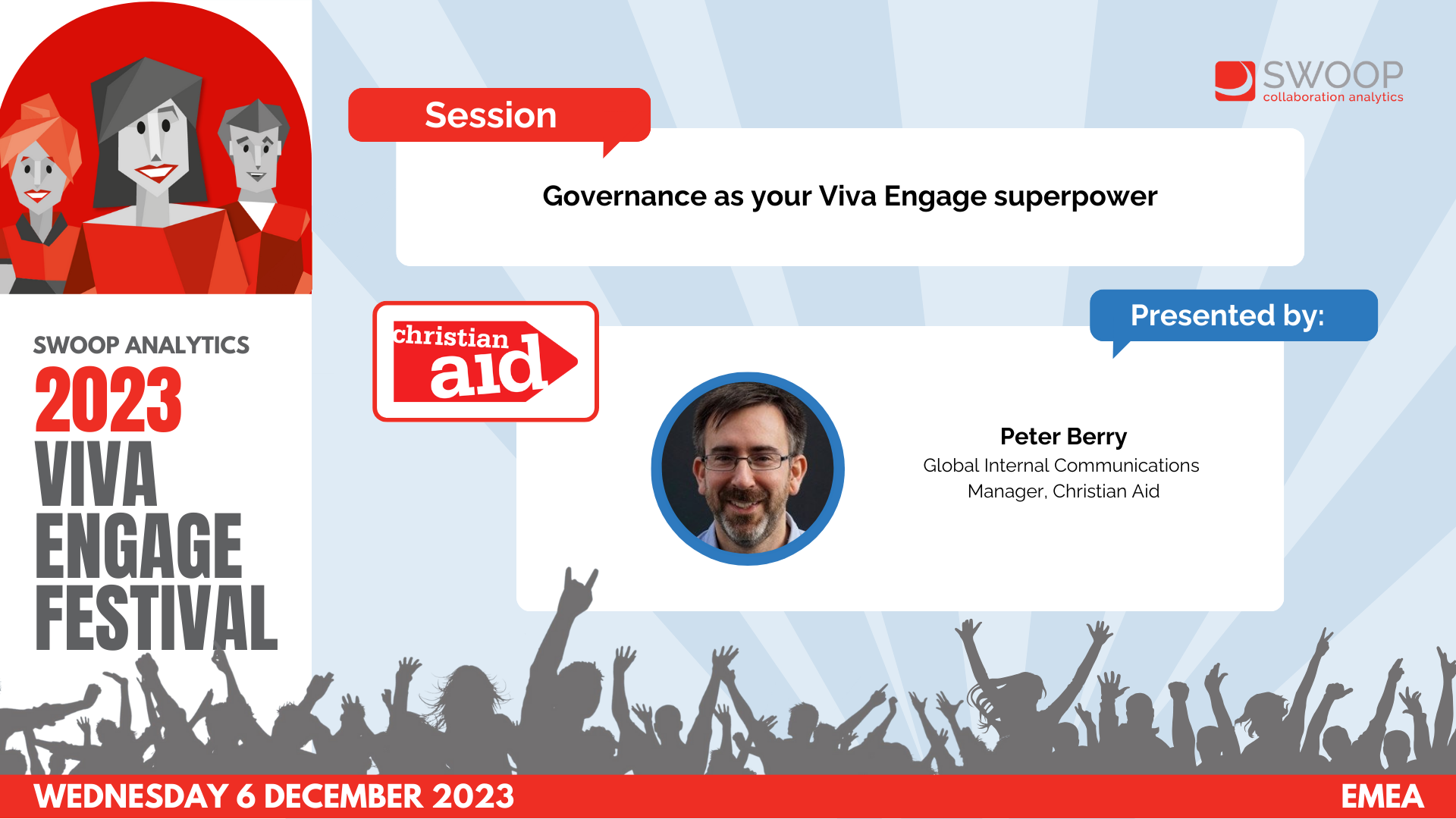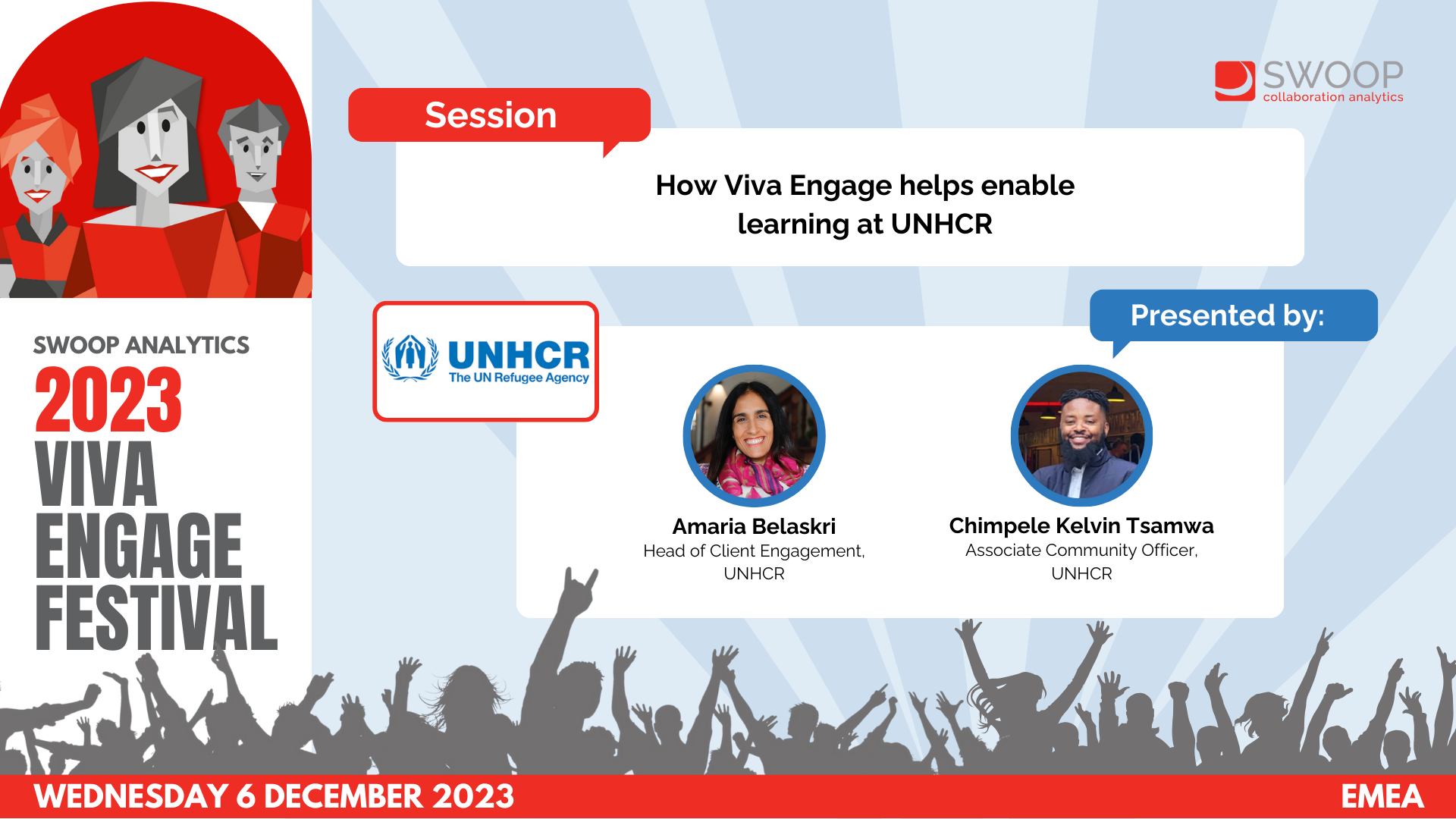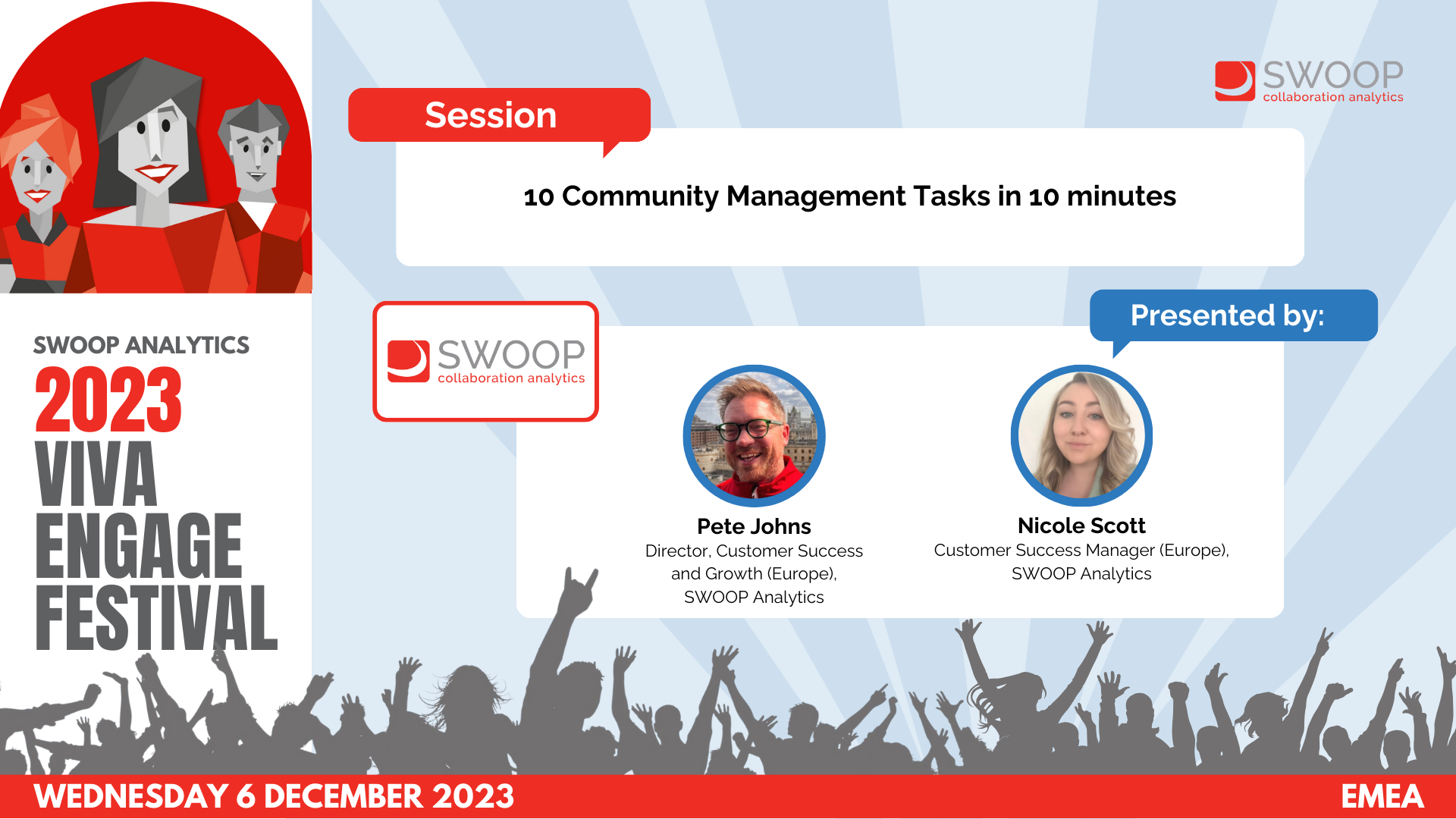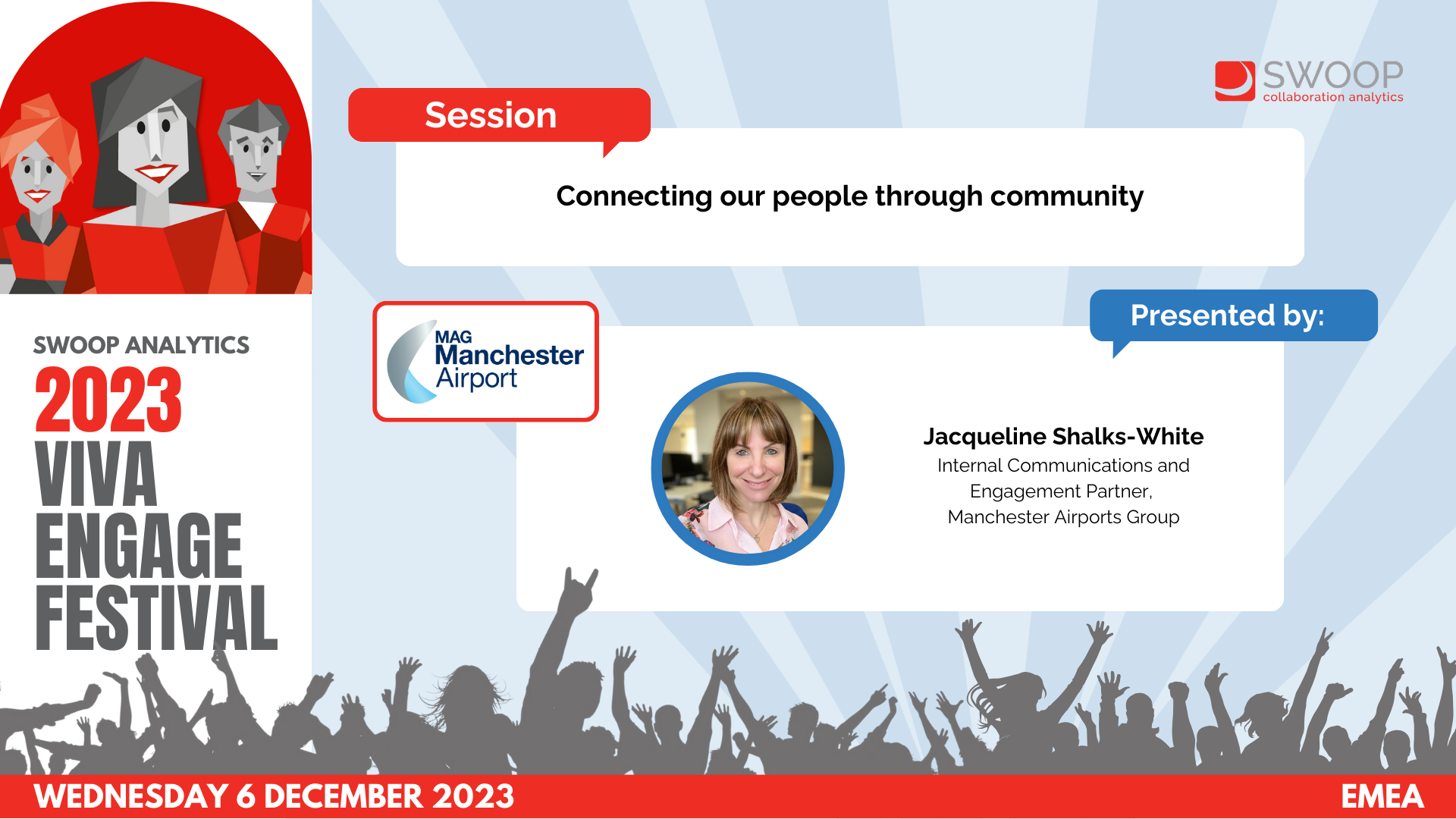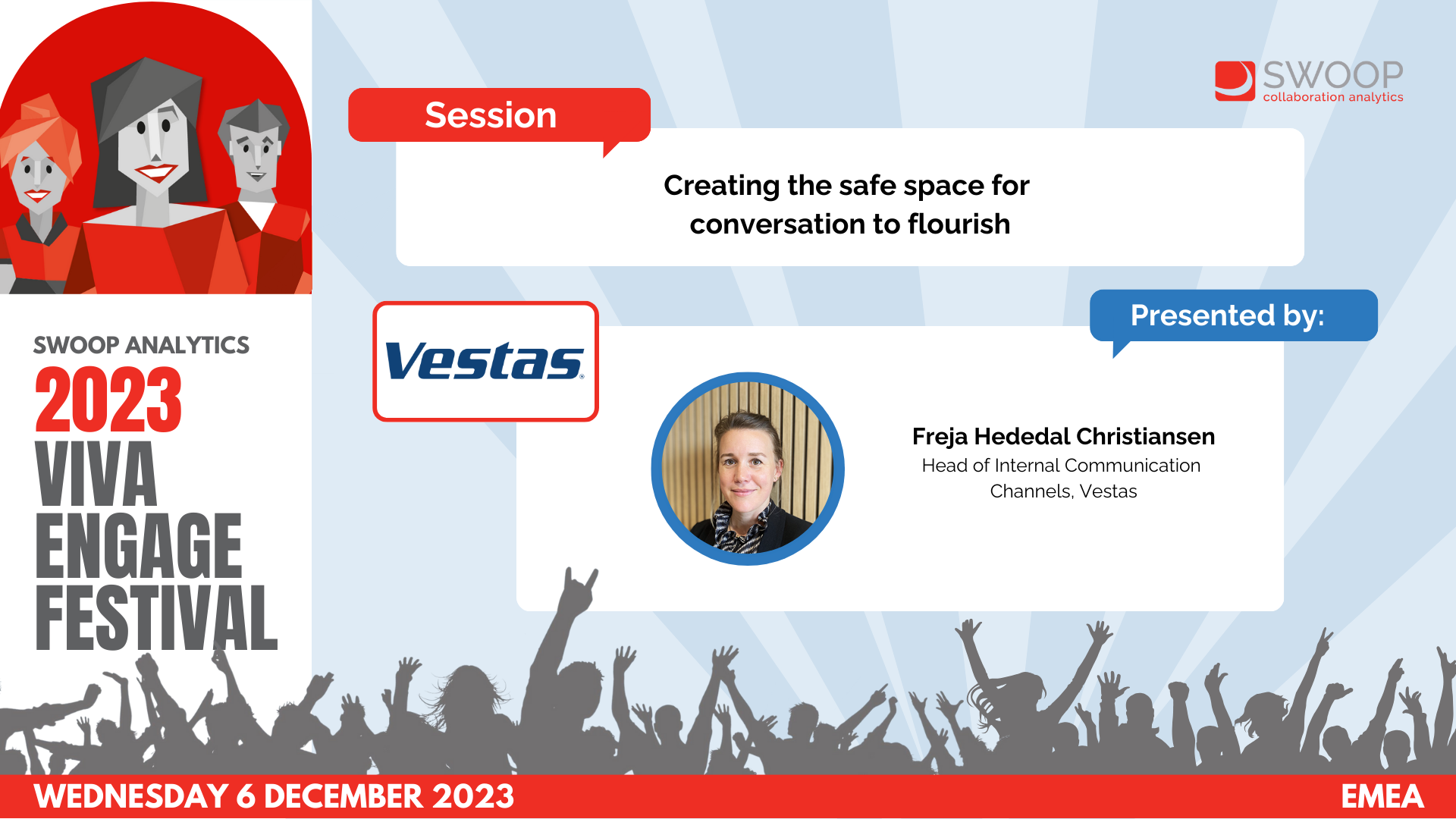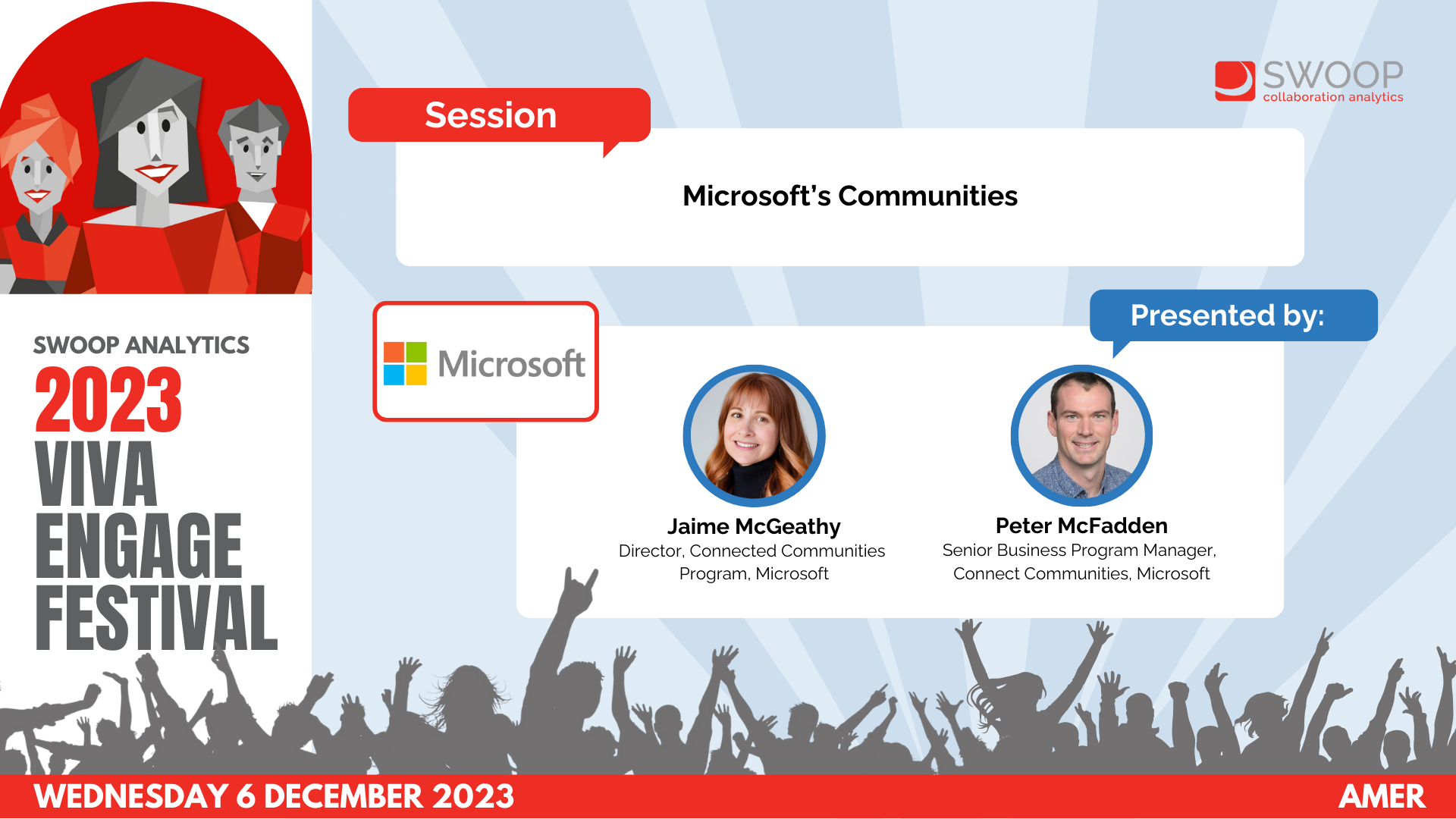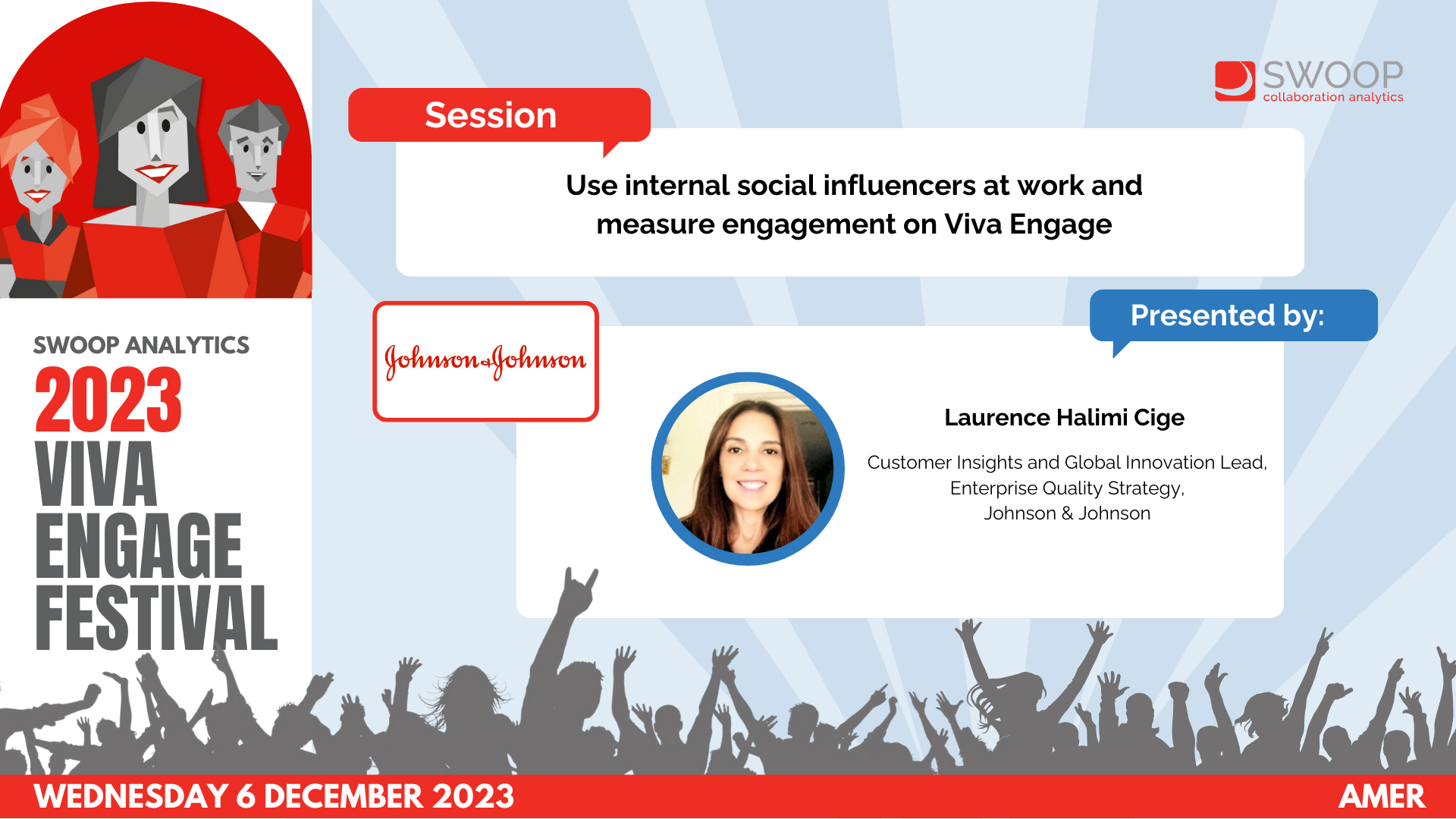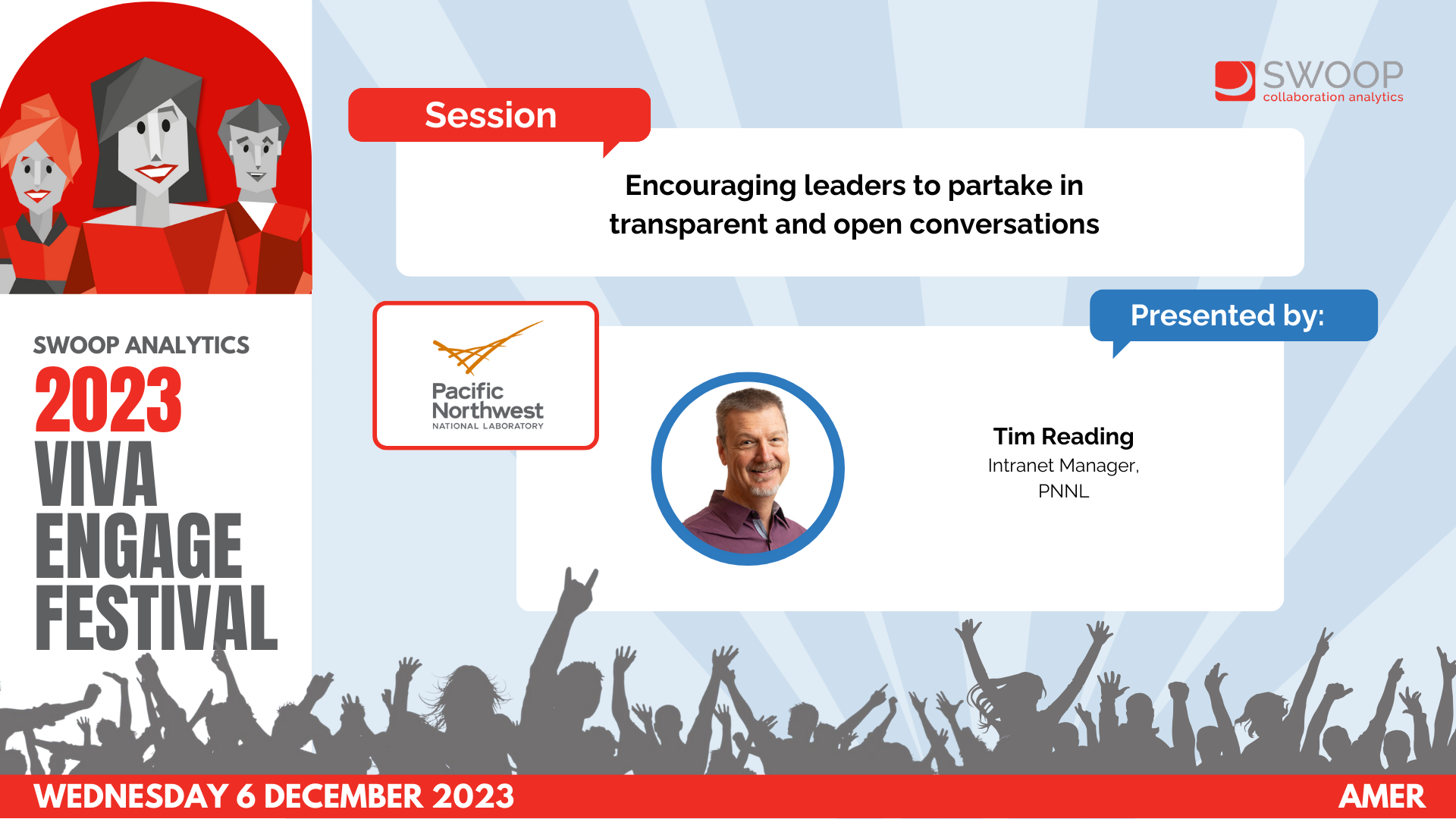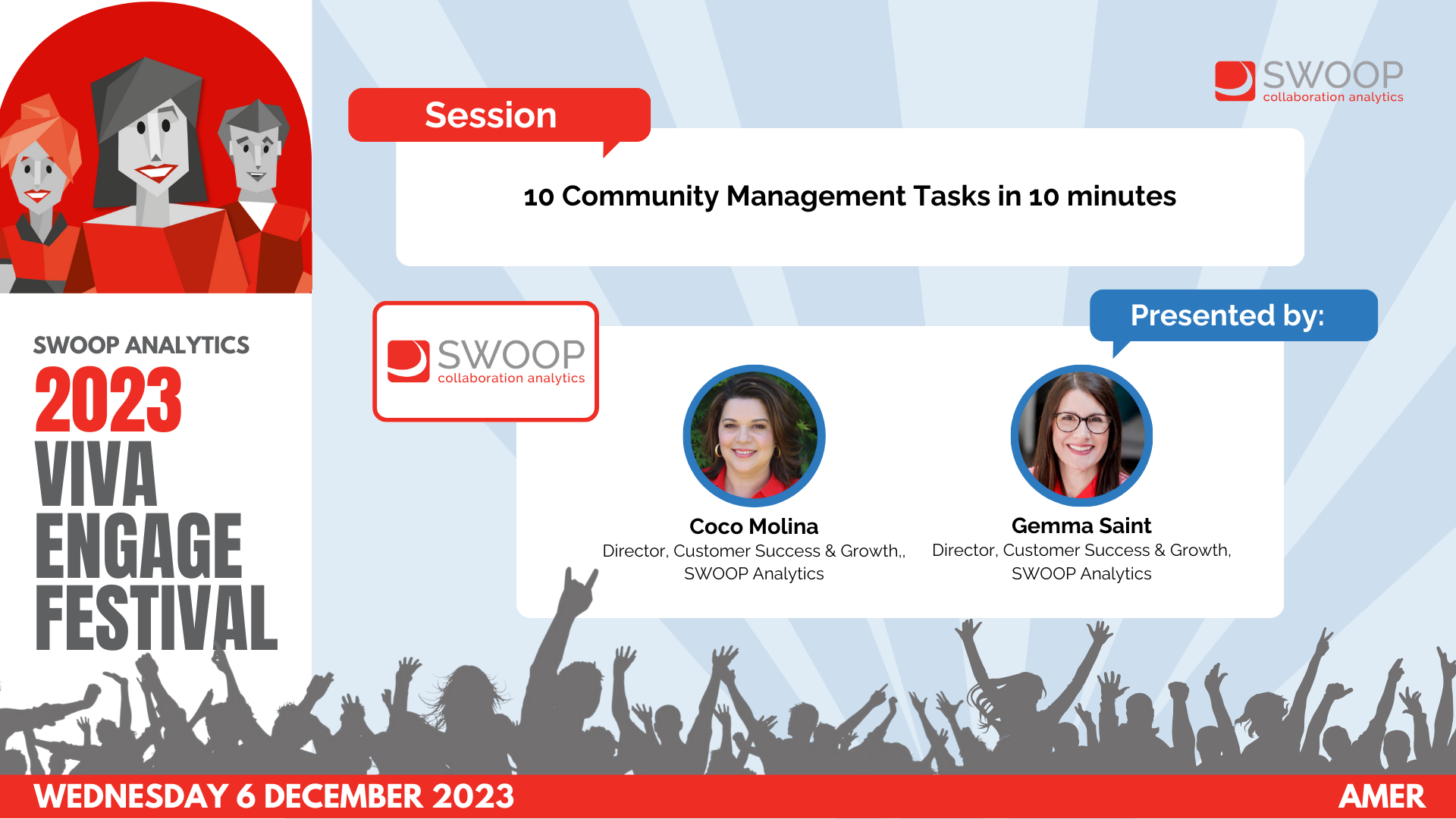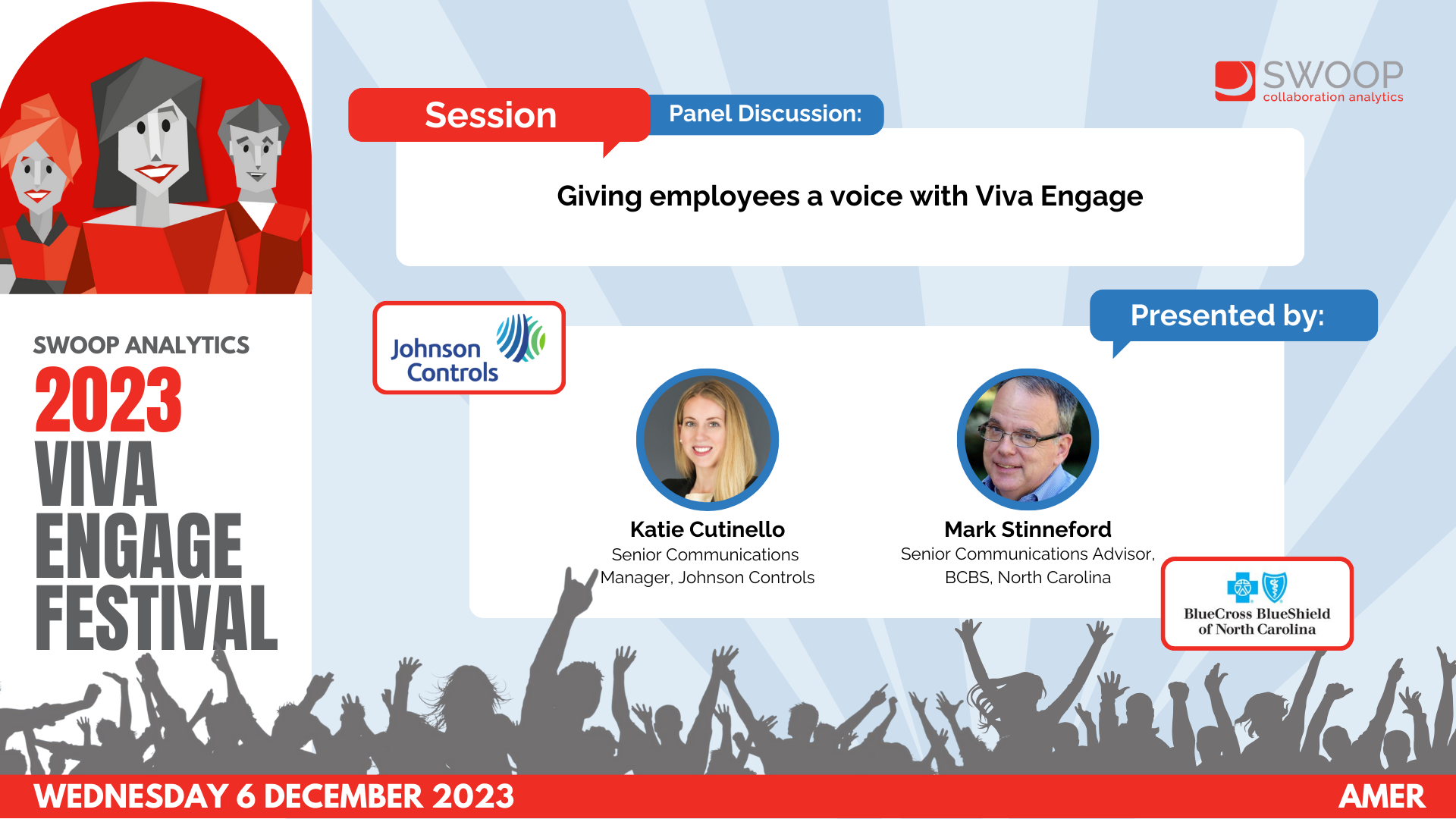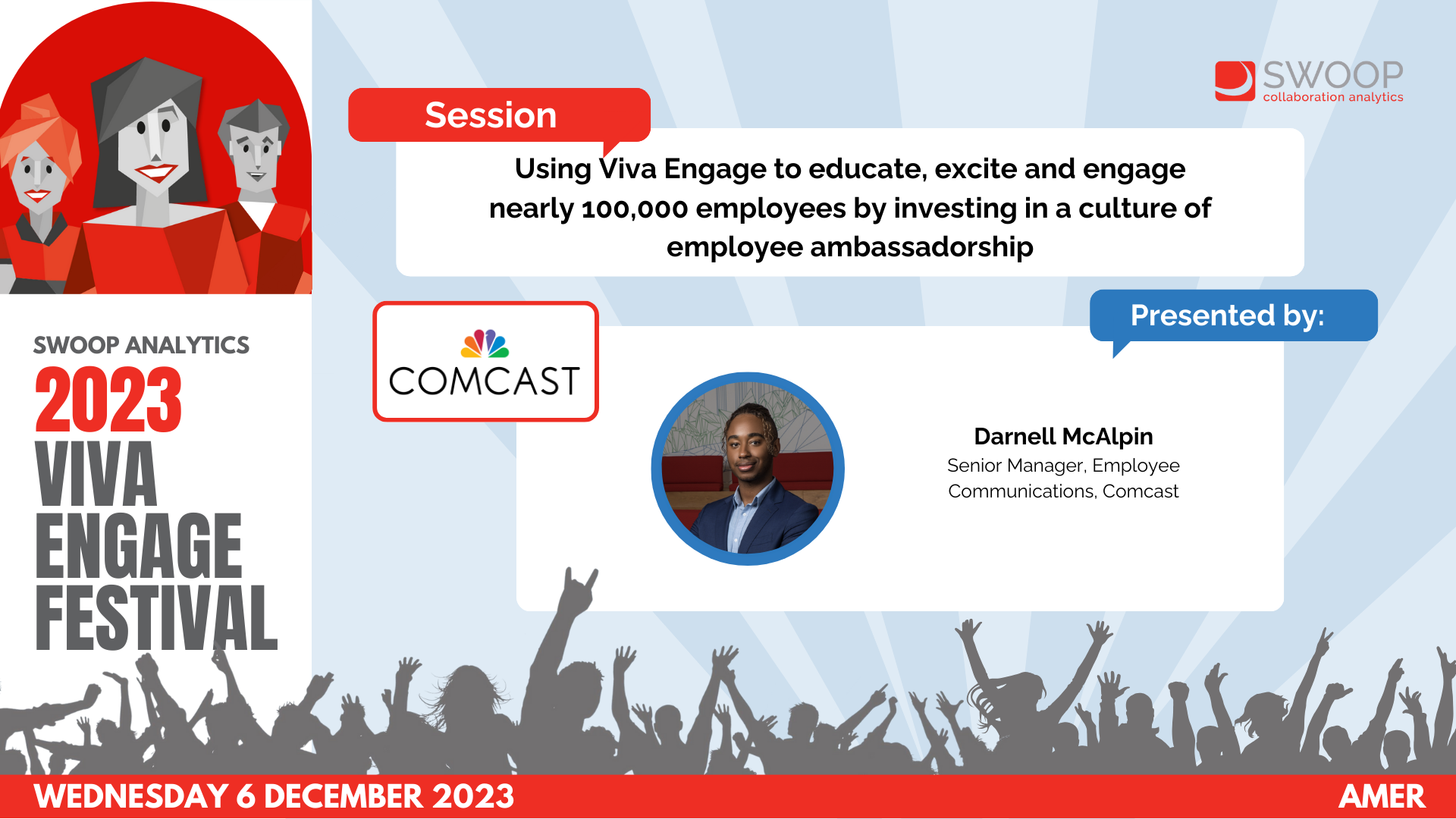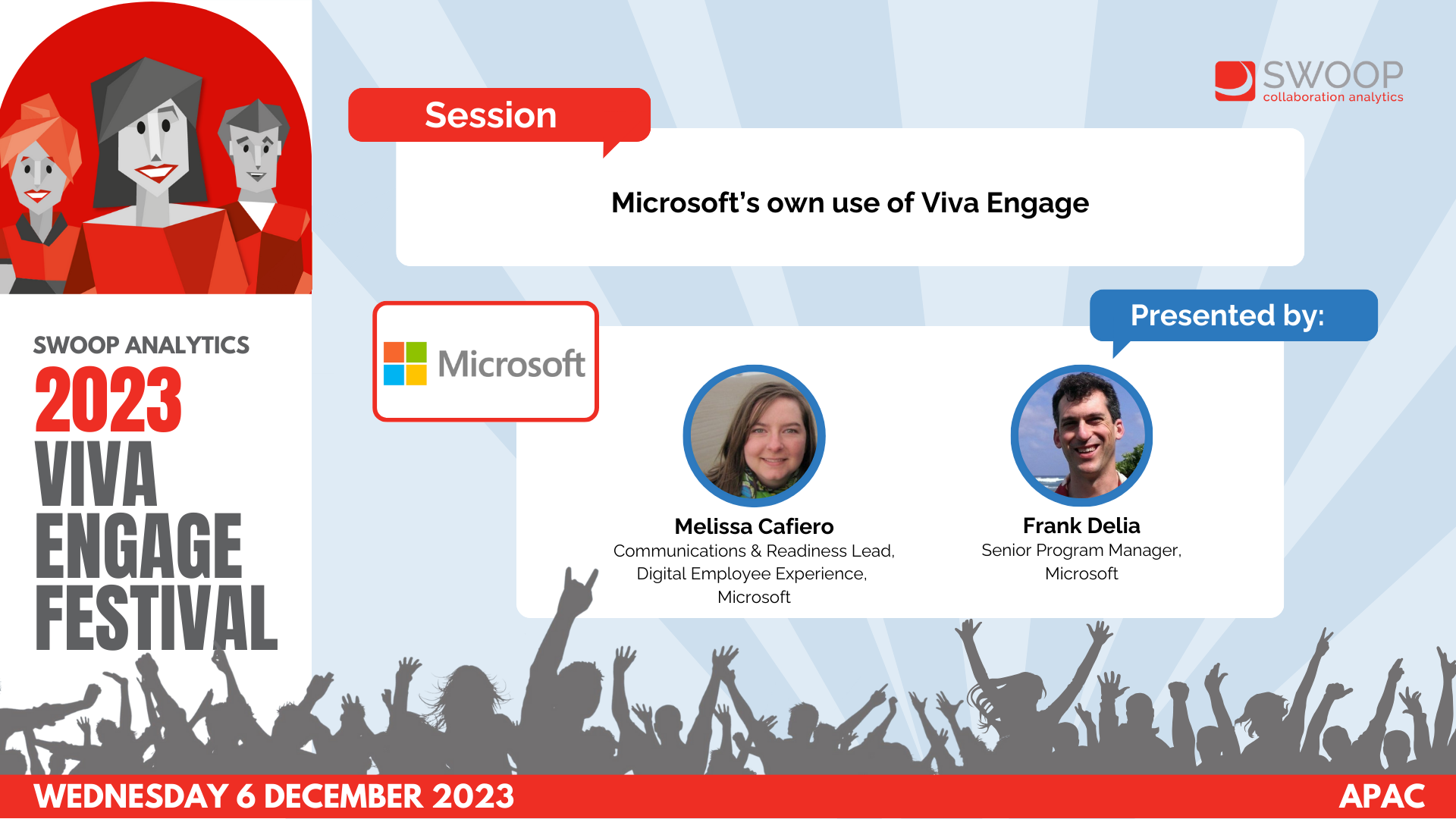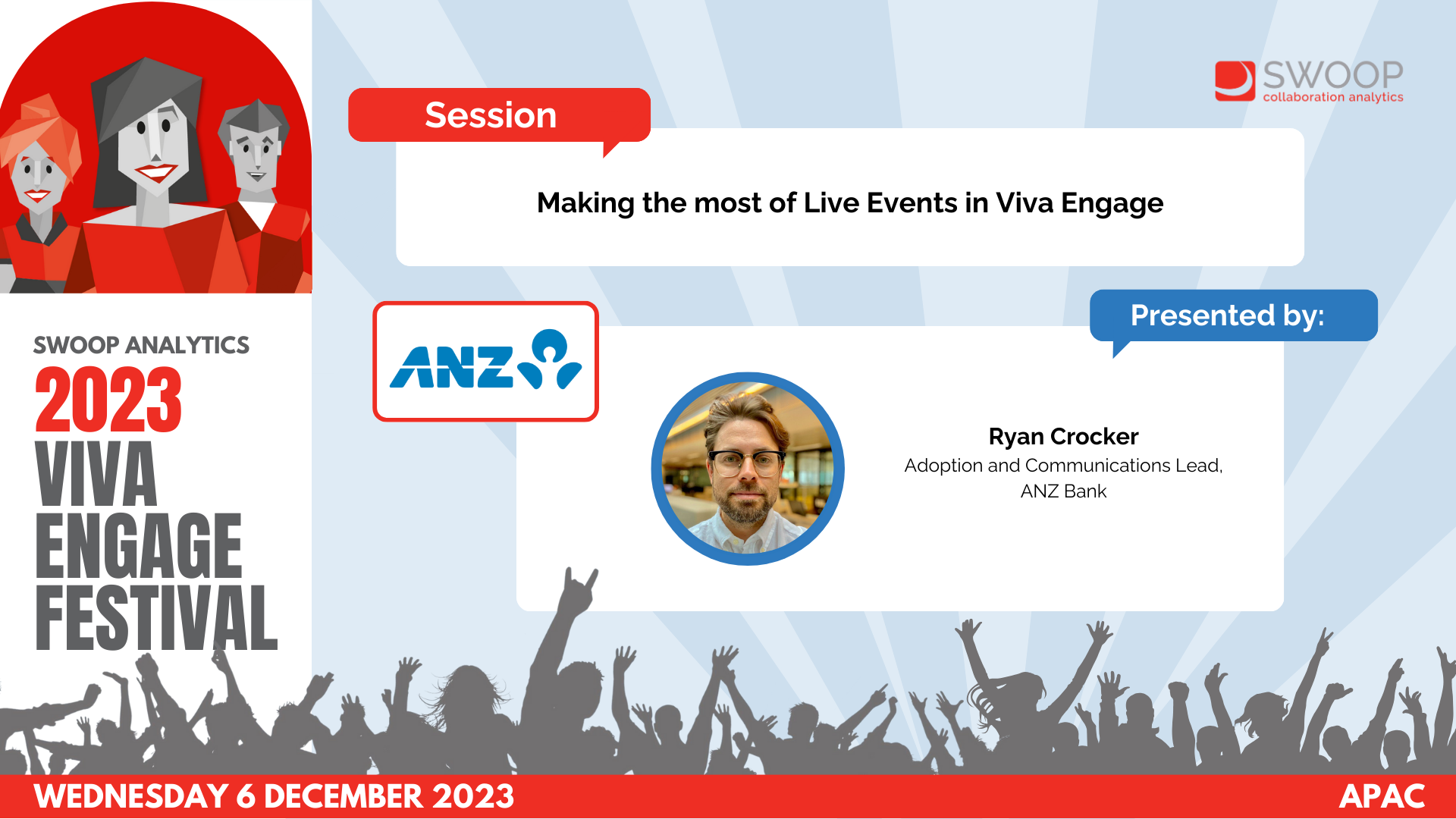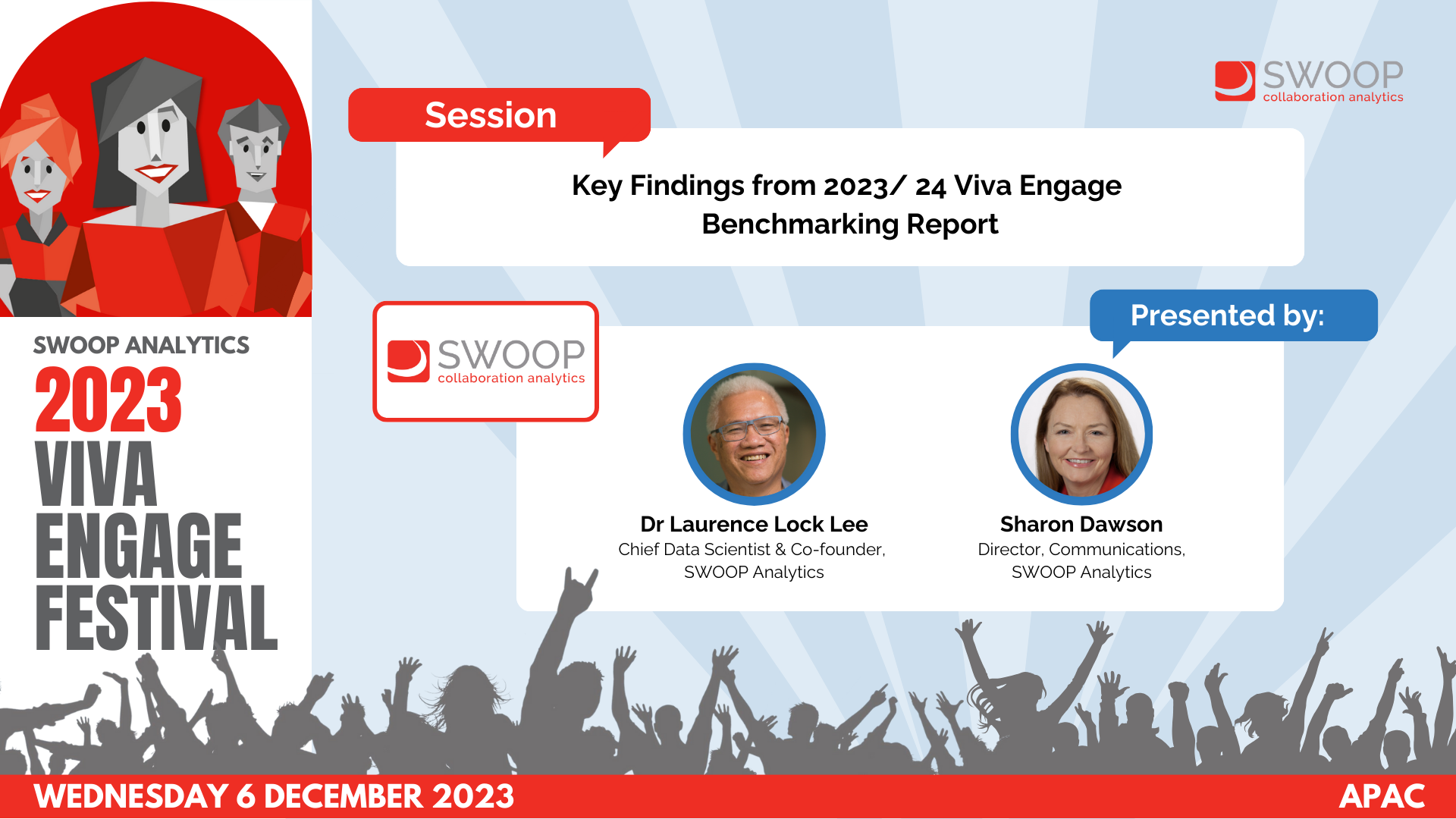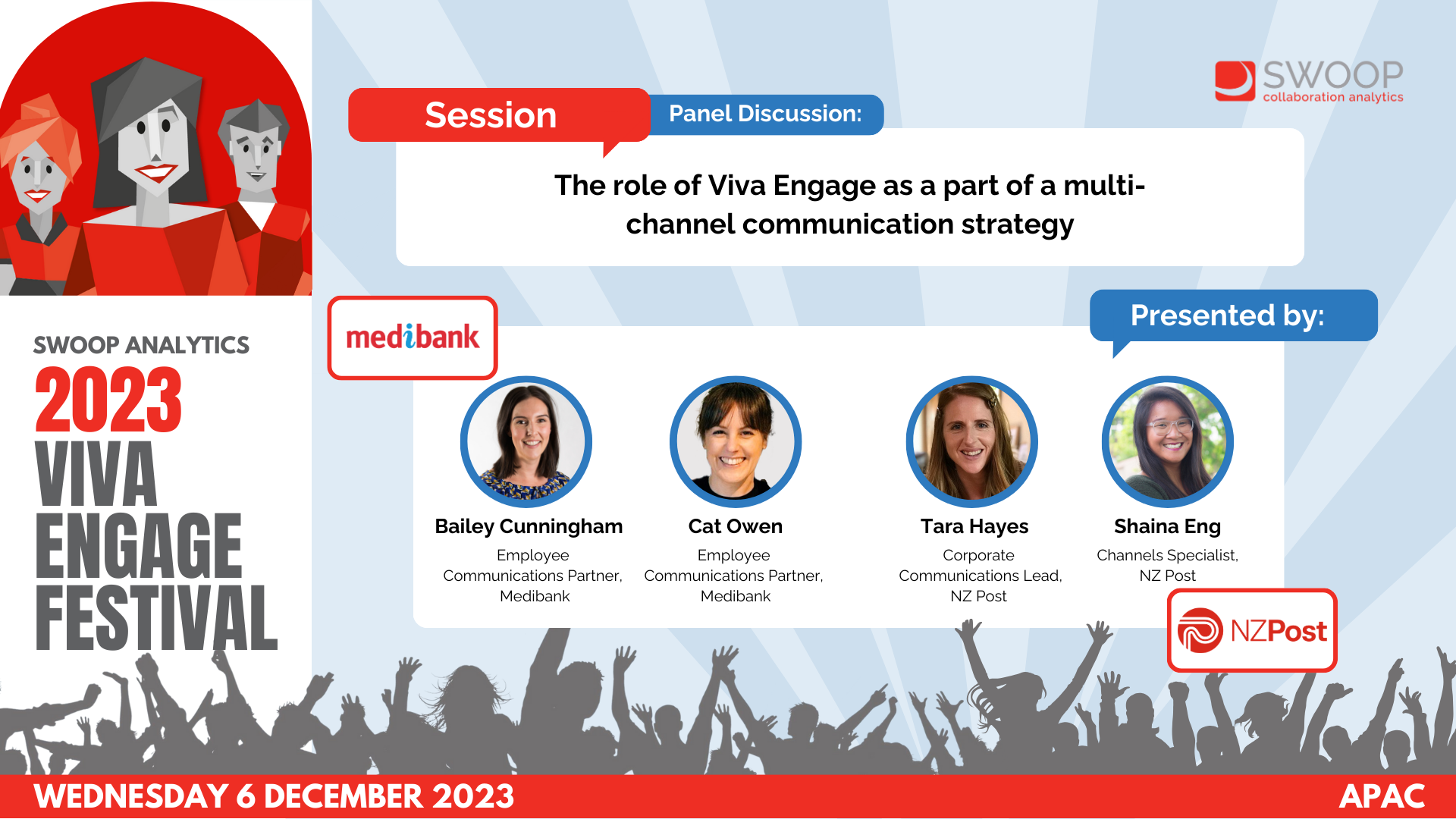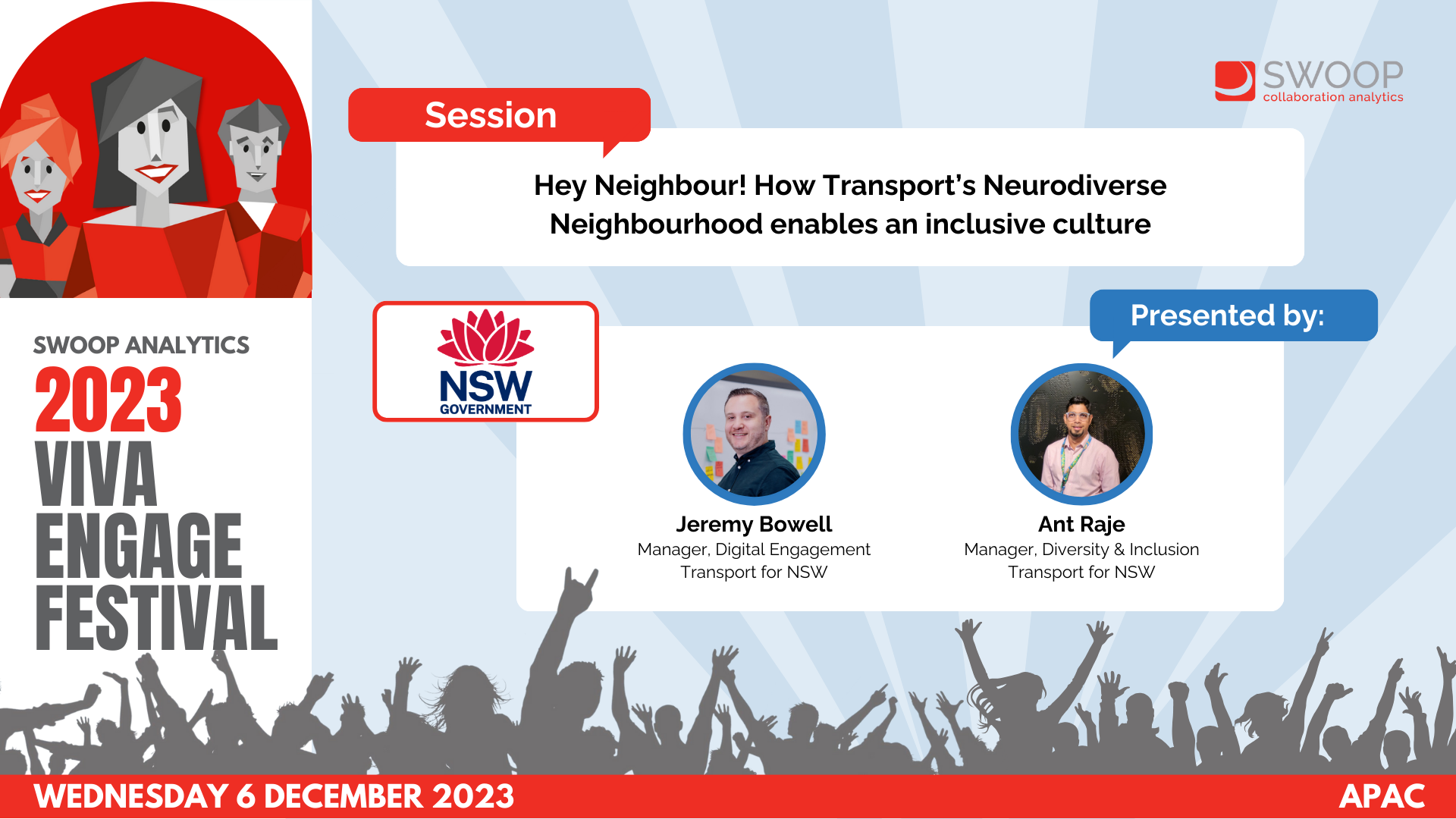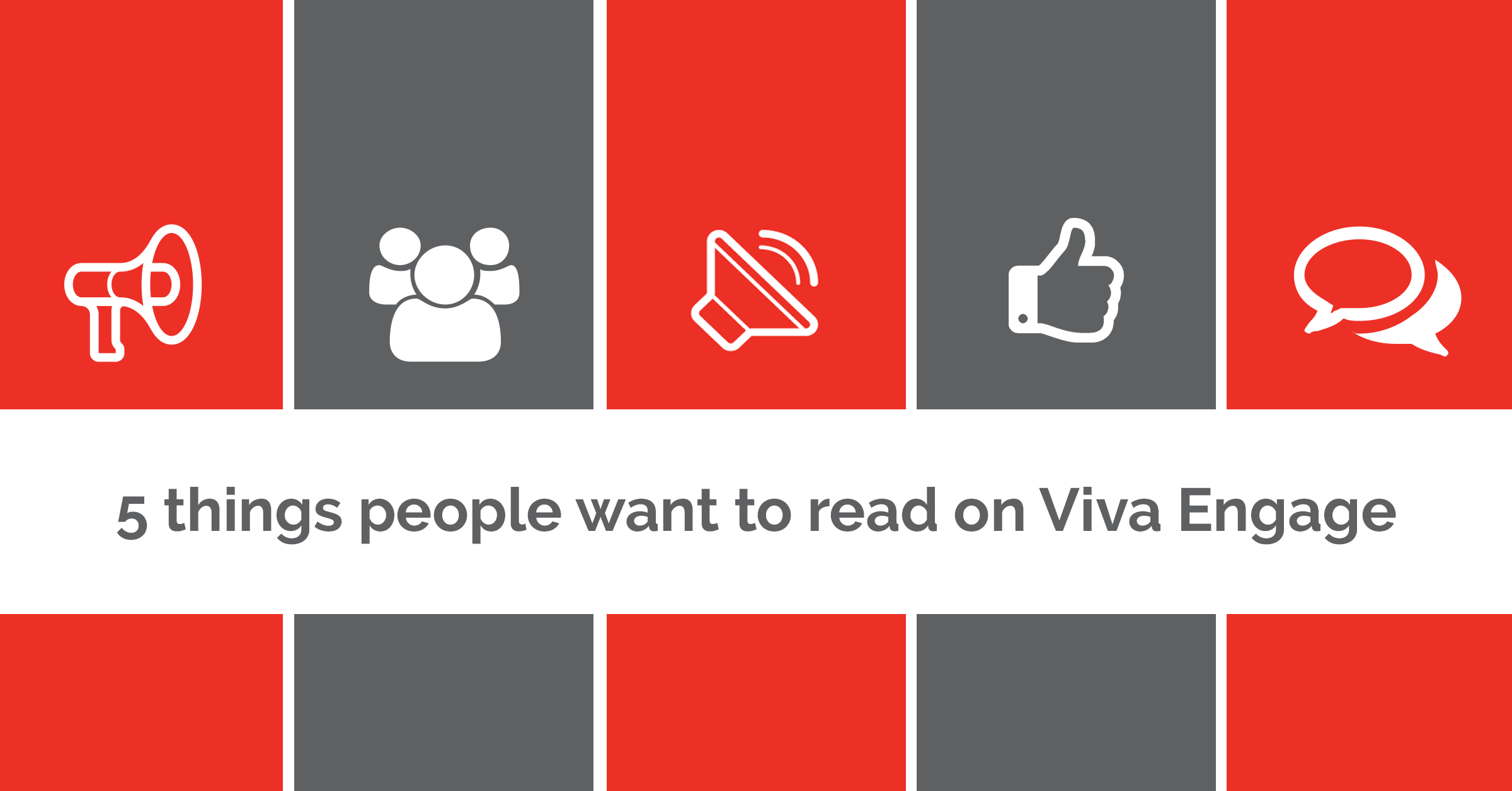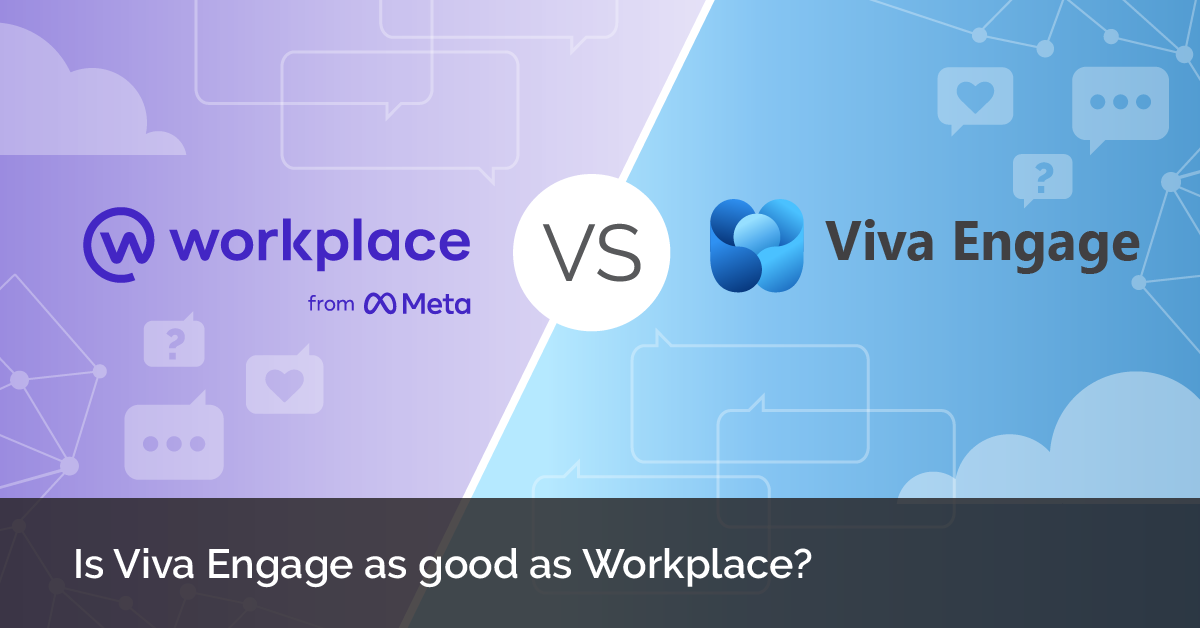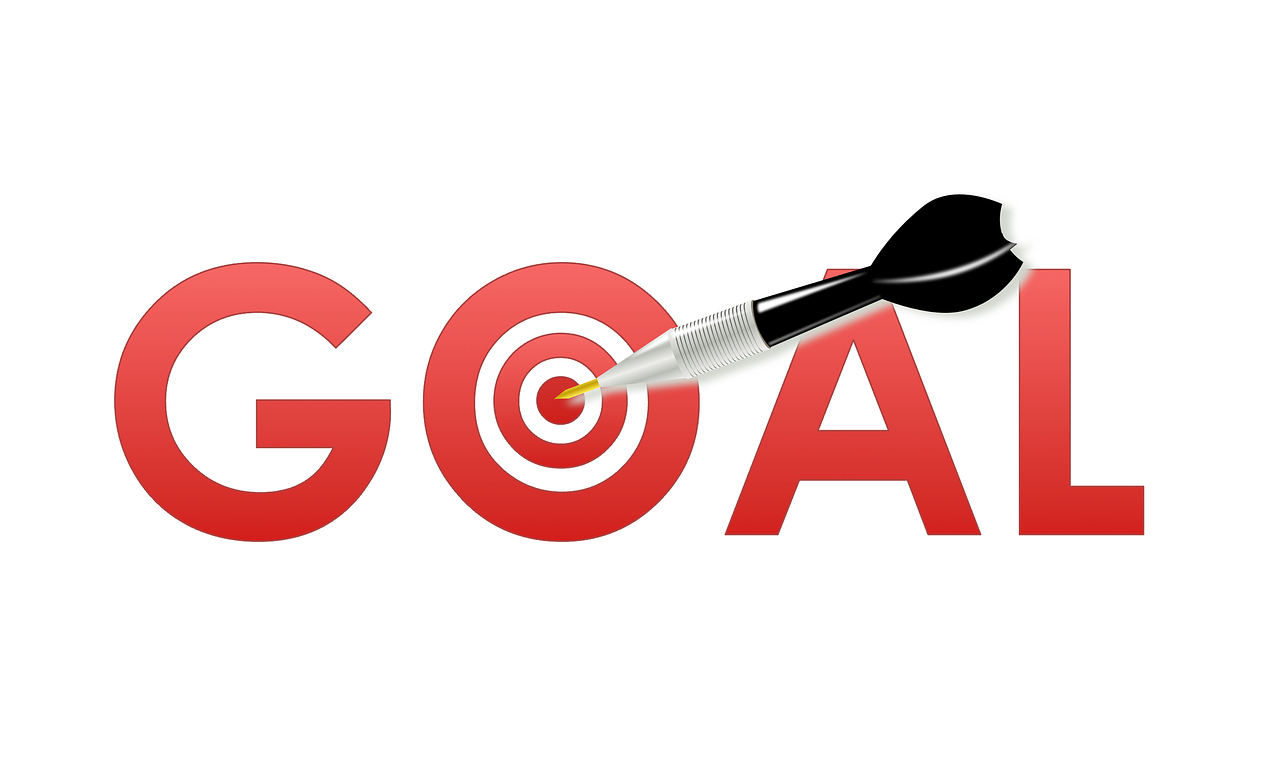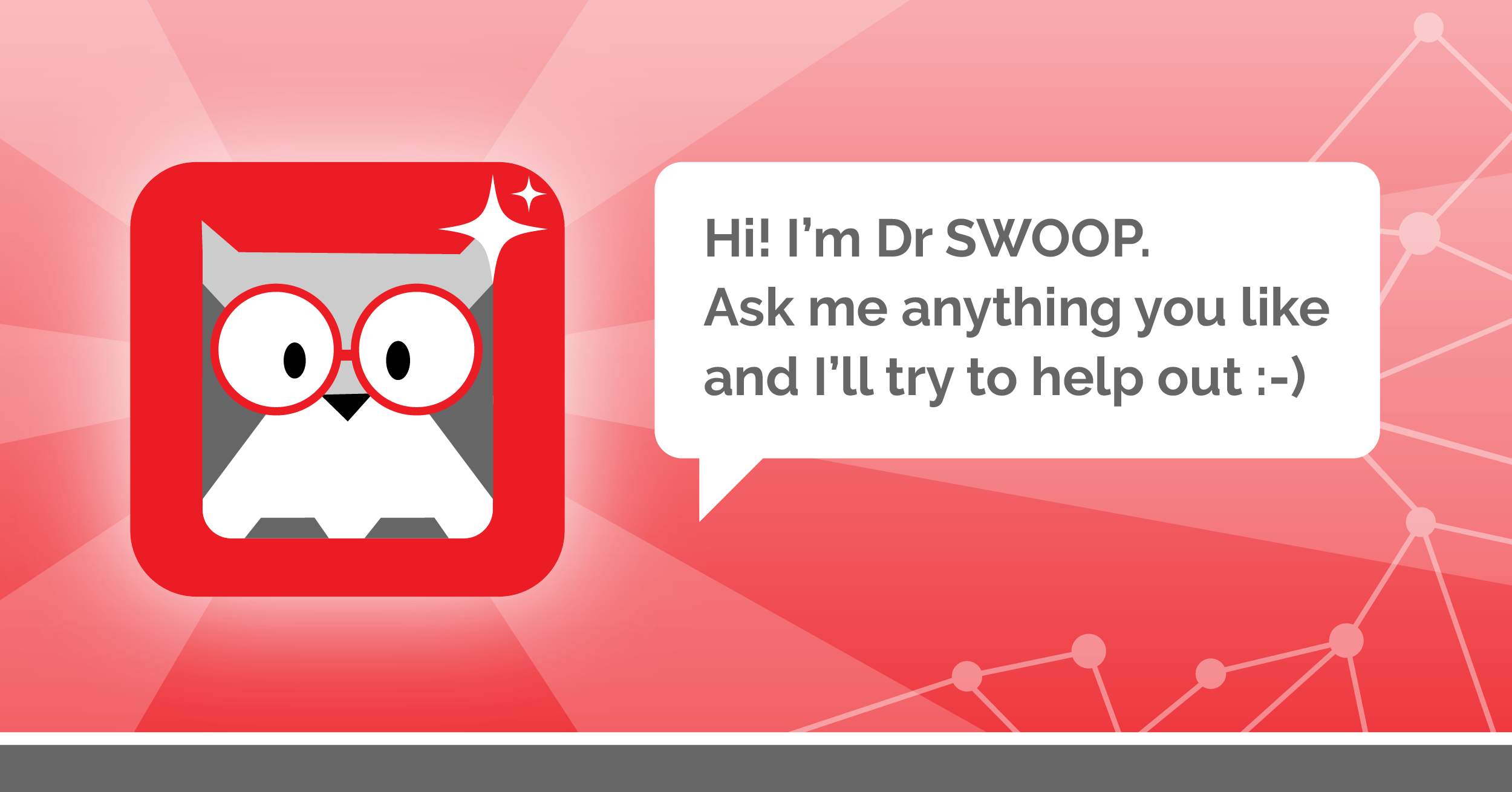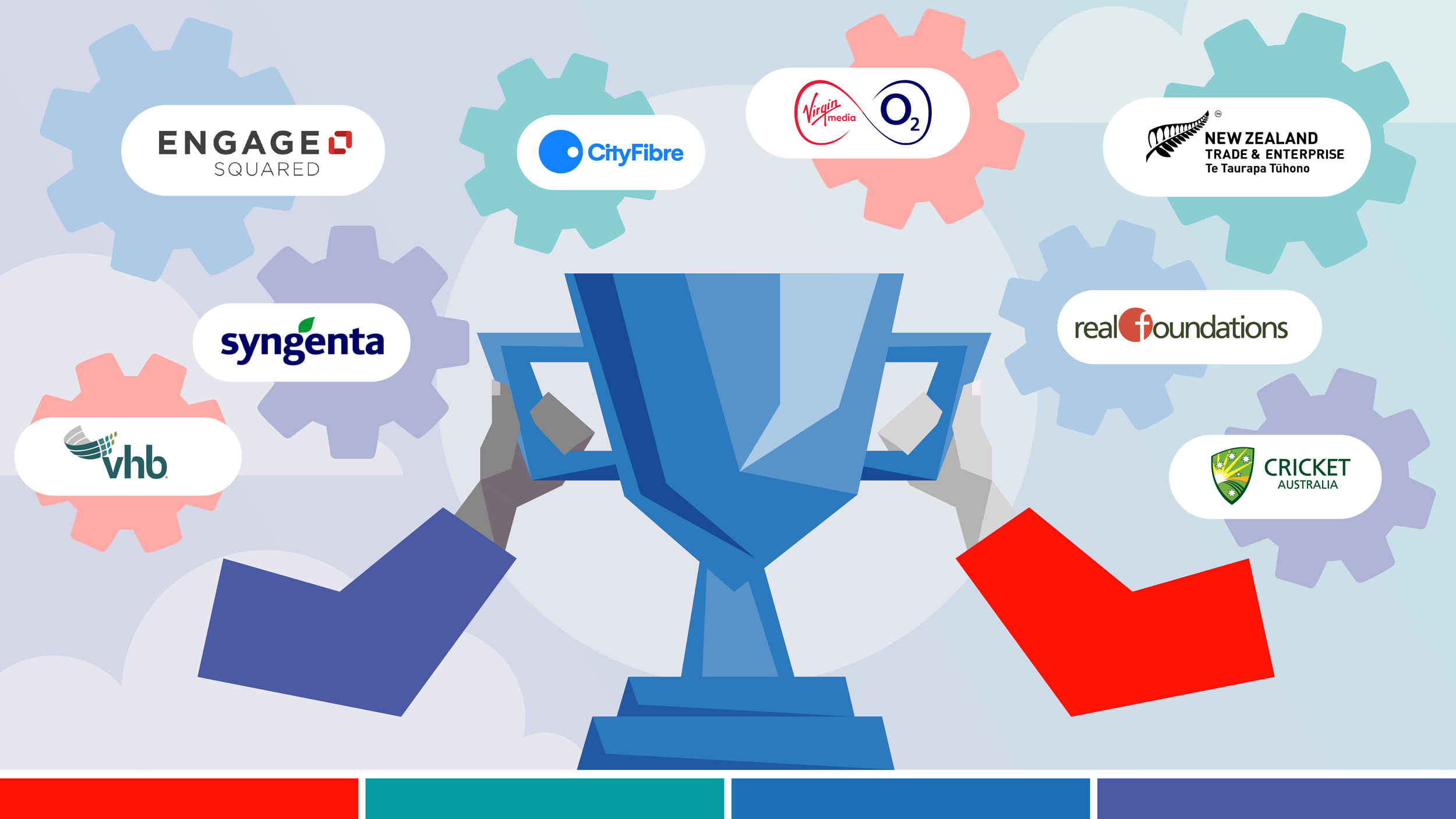Pacific Northwest National Laboratory (PNNL): The launch of Viva Engage and the importance of getting leaders onboard
AMER | Viva Engage Festival 2023
Leadership plays a pivotal role in high performing communities in Viva Engage at Pacific Northwest National Laboratories. Viva Engage communities with leadership contribution have higher involvement across all members over communities that lack leadership participation.
Tim Reading will take us through PNNL’s Viva Engage journey of how encouraging leaders to partake in transparent and open conversations with employees results in thriving communities.
-
My name is Tim reading. I work at the Pacific Northwest National Laboratory.
We are one of 18 laboratories that do research for the Department of Energy. And we do stuff from sustainable energy, resilience for electronic grid, national security, and a lot of other stuff. A lot of stuff that's over my head.
One of 18 laboratories. And I actually work in the communications department. I support our intranet, and I also support our Viva Engage platform.
And I'm going to talk a little bit about our journey and how we got to where we are today and show you some measurable impact that we've been able to have using Viva Engage. I do want to give a quick shout out before I start. There's a gentleman on the call named Andy Jane.
Andy led the rollout of Viva Engage for us a little over two years ago. So Andy, thank you very much. We're carrying the torch.
Andy has moved on and is now working for Blue Origin, which is the space exploration company that Jeff Bezos founded. So let me start off by telling you a little bit about where we started from. Darnell mentioned when they rolled out Yammer, they didn't have anything that they were building on.
It was something brand new. We actually had something that we were replacing. We had something called the Whiteboard.
It was created by our IT group. You look at this and you could tell that if you're familiar with SharePoint, you could see it and go, that's SharePoint. So it was built on SharePoint, and we had it for about 15 years.
We had some core people that really liked it. We had categories just like you would imagine Yammer does or Viva Engage does. This is our community volunteer opportunities category.
We had about 15 other categories, but as you look at this, you can easily see that there's no images. There's no place to react. There's no at mention.
It was pretty bare bones, but we did have it for like 15 years. So it served us for a long time. We are a Microsoft shop, so we use Microsoft tools.
So when we heard about Yammer, wanted to roll it out, made a good fit because we're already using a lot of M365 apps. So we went to roll it out. We had to kick it off with a campaign that everybody could relate to.
You want to engage everybody. How do you engage the most people? So we chose to have a campaign about our history. So we've been around for 60 years.
Ten years earlier, we had our 50th anniversary, and fortunately, we had a ton of digital assets that we saved and left over. So we were able to use that and kick it off with a month-long campaign where every day we posted something about something in our history. And sometimes it was something that was 50 years ago.
Sometimes it was something that was 10 years ago. When we did this, we also would at mention some people that still work here that say, hey, we know you were here when this happened. Can you tell us a little bit more about it? So quick, easy way to engage the entire workforce, easy way to get people to join the conversations.
So it was a good, great idea, easy way to kick it off. We also looked out because we had all these digital assets. We didn't have to go find these things.
Now I will say this, taking away the whiteboard and going to Aviva Engage, we had some people that were resistant because they liked the whiteboard, and they even had a call from some people that said, well, I don't like this because I don't do social media. My answer was, we already were doing social media on the whiteboard. You were just doing something that doesn't have the features that we have today.
So there was a little bit of that from a small core group of people, but we did get adoption pretty quickly. And this was an easy campaign to get us started. So when we rolled it out, for those of you that haven't rolled it out yet, when you do, you're going to start with some pre-existing communities.
And the ones I have here that I'm showing here, these are popular at any company, pets, sports fans, books lovers, foodies, these are things that are going to appeal to everybody. And as a matter of fact, our pets community is our number one community at our company. And that's probably true for a lot of other companies, but it was great to get people on board.
And then once we had them, we got to know, hey, there's a lot more of this, this isn't just social media. It's not just helping people feel connected. You can also help us with your job, help you to find answers, help you to find solutions.
So then we started rolling out some more tech communities, like our Mac users group. We're a Windows shop, if you will, a Windows company, but we have about 10% of our workforce uses Macs. And so that was a group that they quickly adopted.
AI is a big thing now, we've got a group for that, cloud computing, whatever tech is for you or whatever work that you're doing, find the right people that can help form those communities. When you have a tool like Swoop and this, I'm not here to post Swoop, but I can't tell who my influencers are. So I can reach out to them when I need their help to launch a new community, for example.
So we started off with the Mass Appeal, then went to more technical communities. Now, we don't allow anyone just to create a community, they actually have to go through our communications department to get approval. We're trying to find that right balance between what's too many and what's not enough.
And I don't have a secret sauce for that. But one example I'll tell you that we did kind of push back is we had a sports fans community and someone comes to me and says, I want one for baseball. It's like, oh, wow, someone's going to want one for every sport you can imagine.
So we said, no, let's not, let's not do that. Let's instead use a topic. And so we educated them on what a topic is.
You can add a topic to any conversation, but then you can follow that topic. And so that's what we did. We had to create topics.
And then since you can follow a topic, when you go to follow it, your browser, the URL at the very top, that is a link to that topic. So then you can easily just pin those topics to the side of your communities. So people that are interested in just in baseball, when they come to our sports fans community, they can just click on baseball and see that.
But they're also still part of this bigger community. So by creating a baseball community, we've siloed those conversations. So it's a way that they still kind of feel like they have the community, but they're still part of something bigger.
So I mentioned communications does approve these requests for communities. What else do we do? So there are some things where we're hands on and there are some things where we're not hands on. We do do best practices.
We provide FAQs. We have guides for our admins. We have a community called Yammer 101, now it's Viva Engage 101, but that's where we talk about the platform itself.
People go there because they want to know, can I do this in Viva Engage? And that's where we pin the FAQ and the community admin guide and things like that. We also do lunch and learns once a month and go deeper than just the basics, how to do polls, asking questions, embedding feeds into a SharePoint page, how to submit via Outlook. Every Viva Engage community has an email address associated with it.
You can submit content via Outlook. So those things like that, that we do with our lunch and learns. We also lead by example.
So we use the platform, we're using it, we're asking questions, we're tagging other people. So we're trying to be those those engagers and catalysts that I mentioned earlier. Another thing I did that I'll encourage you that some of you that are still early in your journey, I was able to create a five minute video.
And this is so easy. If you have a video platform that allows you to screen capture and also allows you to capture your microphone, I just went in and showed the home feed, talked about what makes up that home feed, how you can join communities, how you can follow people, how you can make a post, share it, comment. I did all that in five minutes and I called the video learning Viva Engage in five minutes.
And so people that are new to that, because there are people that don't know it and need to learn it. But with a title like that, knowing what five minutes I could be up and productive, it was so easy. And it's just a bare bones video, but just it gets people up to speed very quickly.
So I'd encourage you to create something like that if you haven't. So what don't we do? There are a couple of things we don't do. We do not post on behalf of leaders.
And I think it was either Mark or Darnell made a remark about sometimes they do it on their behalf as you can submit on their behalf. And it looks like we just done that. What we do is we will sometimes give them copy that they can then copy and paste.
But we do not post on their behalf. We want them to go in and and look at the content that they're posting and react to that content. The other thing we do is we don't review repost.
And that's something that's also been talked about earlier today. We don't monitor the platform. There's just too much.
It is a self-monitor, self-governed platform, if you will. I do subscribe to certain channels. We have one called All Lab.
You probably have one called All Company. But I do scan that information. And if I see something that someone needs to watch, I'll forward the link to it and have them watch it.
We do have guidelines. Probably that most of the people on this call work for a company that has a code of conduct, a standard document that is a code of conduct. And that's like overarching.
So that's one of the things we say you have to do is you need to follow the code of conduct. And that covers a lot of bases. We also tell people to treat each other with respect, even if you disagree.
We ask them to stay on topic. You're trying to foster a culture of exclusivity where everyone feels welcome on the platform. We've only had to update our guidelines once, and that was when someone put a GoFundMe out there because they were having some financial struggles and we knew that we could grow in a direction we didn't want to go.
And so we did update our guidelines to say you can't do a promotion. You can't promote personal fundraisers or promote a personal business. But the key is we want to make it a safe place for people to feel vulnerable, feel heard, knowing that they could discuss things that may not be popular, may be maybe controversial.
But if they're following the guidelines, that's OK. That's OK. You're allowed to say you don't agree with something.
You're allowed to say we should go in some other direction. But as long as you're respectful about it, you're on topic, you're not violating code of conduct, it's fine. Anyone can report it.
We've already talked about that today, too. There's a little, when you click on the three dots next to the conversation, there's a button to report conversation. We've had Viva Engage for two and a half years.
I think we've had maybe four conversations that were reported. A couple where I reached out to the person and said, hey, some people are interpreting what you're saying as this. And they were like, oh, I didn't I didn't realize that.
It's not what I meant. And they actually went back and reworded it. Another person took it down.
There's only two, I think, that we had to escalate to HR and and take it further. But like that was Mark, it was the other girl that was on the call mentioned that, you know, your face is next to it, you're in your name's next to it. So people are going to be a little careful about what they what they post.
This is where I want to change gears here and talk about leadership adoption because I want to talk about the impact that's had. So I've gone out and met with each of the leaders to talk to them one on one to get them to get on the platform. The one thing that I do is talk about our values.
We have five core values and you can see them on the screen here. And each one is broken up into further bullets. And for collaboration, you look at those bullets and ask yourself, OK, does Viva Engage touch on these? Communicate, share resources? Yes.
Get interdisciplinary teams coming at her. Yes. Diverse talent solve problems.
Yes. Maintain an environment where everyone can feel heard. Yes.
I mean, this directly relates to one of our core values. So that's a big piece that I take to them. I also tell them about, you know, this is a platform where staff will feel included, feel connected and feel invested.
So showing them how it supports our values was a big deal. The other thing is it can help us really bring together our hybrid and remote workforce, which is a huge focus for us now because we're going through a little shift where we thought, oh, we're going to go remote. Everyone's going to be remote.
And now it's like maybe not so much. And that actually caused a lot of opinions because we actually had to change our policy. I guess I should say our stance that we're not going to a lot of our new postings now for new employees is not as much remote.
They're trying to get more and more hybrid people in there. And that caused a lot of conversation on Yammer. The best thing was, is nobody did anything that violated our guidelines.
It was it was it was the most active comment for the entire year, for the last 12 months that there was an individual post that was all about that. And it was great because everyone, as much as you could say, they didn't like it. You know, there were people that moved because of they would go out to another fear that we totally come back.
And it was there was a lot of emotion around it. But nobody violated the the guidelines. Everyone stayed on topic, which was great.
So what are what are some results that we've seen for this that I can tie back to this? And I was able to use a combination of what I can get from SWOOP, what I get from another survey. So every year we survey our employees. We call it the workplace survey.
And we ask them questions about things that range from safety to do you feel that you have growth opportunities working here to do you have what you need to be successful? And what I'm sharing here are three questions. And we ask these questions. If you rank on a scale from one to five, one is no, I don't agree with that at all.
And five is, yeah, I really agree with it. So these two questions, leadership cares about the welfare of staff. I feel I belong here and I feel connected to my colleagues.
The organizations that scored the highest with these questions were organizations where the leader was using a private community to engage their staff. That's huge. This really this is this is like this is the proof in the pudding to show that when the leaders embrace that platform, it can have a huge impact.
And so this was this was a biggie for us. This isn't the only place where they made a difference. This other this this next slide I took.
With with the help of SWOOP, thank you, I took every employee and put them into two groups. One is you work for an organization where your leader is using Viva Engage to communicate with you in a private community or you're not. Those are the two groups.
If you're working at an organization that leadership is engaged on the platform or you're not, then looking at these results where the organizations where they had where the leader had adopted the platform. Seventy five percent of all the people that are in that group had adopted the platform and were active on the platform and the other the other group, it was like thirty five percent. So getting your leaders on board is is hugely important to show that it's a safe place to show that they're listening, to show that they care.
So there's got to be a big push to get them on because you will see the results when you do that. I've got a couple of slides about what are your leaders saying, Tim? I mean, it runs the gamut. This particular one is a leader talking about PRISM.
PRISM is an employee resource group that we have that is for our LGBTQ community. And this leader was using the platform to demonstrate commitment to diversity and inclusion. This next one has nothing to do with work.
It's just, hey, I got out and went to one of the national parks over the weekend. I got to see sunrise. It was awesome.
I mean, so so you've got a kind of gamut of of what you're seeing here. This last one here was about someone saying to somebody else, you're saying you are making an impact. Thank you for sharing your story.
You are making an impact. And the feeling that employee gets when a leader knows that they're listening, this is also it's a form of public recognition. It's also used to motivate others.
So this is, you know, just doesn't matter what they say. Sometimes it's the fact that they're listening. It really pays big dividends.
And when I do meet with the with the leadership, I do use that one, two, three approach that Gemma talked about, you know, for every post two replies, three reactions. That is, you know, they look at that and go, oh, you're not asking for a lot. So, no, I'm not.
I'm asking. Actually, I'm asking when I start off saying, give me five minutes a week. If you can get on that platform five minutes a week and do the one, two, three.
That's all I'm asking. So it isn't a big ask to to get them on board. So I'm going to wrap this up and I'll turn over to questions in a second, though.
But for those of you that are about to roll it out, this was my approach I took. And this is my key success is start off with a campaign that, you know, appeals to everybody. And your history is one you can do.
That's what we did. Make it a safe place for people to speak freely. And and yeah, we do monitor some conversations.
It was one about benefits last week. I just sent it to our benefits manager. All I said is you might want to watch this to keep an eye on it.
You may want to jump in if they if they say something's not correct, you can correct them. But do what you can to make it a safe place for people to say what they say. If they're following the guidelines, everything's fine.
And then getting your leaders on board is key. With the metrics that I showed, I mean, it's really moving the needle on helping people feel connected, feeling like the leadership cares about them. So it's a powerful platform.
Getting the leaders on board is I couldn't stress enough. I know what I talked a mile a minute, I went really fast, but I will stop here and see if there's a question that I'm going to see if I get back to that. I wasn't able to watch the.
The comments while I did this, so Coco or someone, if you can tell me if there's things in the in the in the chat portion, I'd be happy to answer those, too. So we do have a couple of questions and Tim, actually, somebody asked about the workplace survey that I saw in chat. So the workplace survey is is it on Viva Engage? It's a separate isn't it? A separate.
It's a separate. It's a we engage a third party to actually issue that each year and they know it's coming. We tell them watch for an email from this email address and we give my theories to answer it.
But it's not it's not built into Viva Engage. Yeah, cool. So a couple of questions, again, lots of them happening in the chat.
So Albert again asked, you mentioned bringing on tech communities, our tech guys tend to gravitate to teams and for that by default, as do other communities of practice. So how do you navigate teams versus Viva Engage? Do you have that? Yeah, yeah, we do. And we've got it published so we can point people to say here's a link that explains our approach to it.
But Teams is great for project oriented type work. And it's also we also put a number on it. It's great for what we pull out the number 50.
I don't know where they came to that, but it's good for a group of 50 people or less. But if you want to collaborate and find solutions, you want to reach beyond your team. You want to reach you want to reach across the whole enterprise.
And so you're going to limit yourself if you're going to be using team if if what you want to do is to collaborate and find solutions that are innovative. Teams is perfect for a team that that has a start and a finish or a certain scope that you're working in. And there's a docket repository to share that kind of stuff.
But we really tell them that you're you're it is a silo when you work in a team and sometimes that's OK. If you're looking for innovation across the company, you want to use Viva Engage. There's and there's another question on the Q&A and it says, which Viva Engage community do you primarily use when you post as the company? And have you created an official company community or do you use the default all company community? Use the default all company.
We call it all lab because you can you can change it to call it whatever you want. You cannot join it. You cannot leave it.
Everyone is automatically in it. And that is the one that we use for for posting announcements is more of a an announcement tool. But we've got about 85 different communities.
And I try, you know, if it's a if it's an announcement for everyone needs to see, that's where I'll post it. There was one that I did it. So if you guys want if you guys want a post that say that which one's going to go viral, here's one that I'll tell you, because I did it today and I wish I did in our community.
My question was, have you met a celebrity? Tell us about it. Share a pic if you've got one. You know, it's an easy one.
That's really easy. And my my my failure was we have a community called The Lighter Side where we just kind of share jokes and cartoons and stuff, kind of funny stuff. But I mean, if you want to get people to jump on there, I mean, you've got a big company.
Chances are you've got someone who's met a celebrity that wants to share a story. Better yet, if they got a pic. So I probably I probably should put that on the All Out community.
I love that. Excellent. Do you want to continue with the questions? Yeah, I can have a look.
So, Sonny, I see that you've asked a question, which communities have been engaged in your organization staff with? I know that was actually in Tim's presentation, but do you want to go over it quickly again, Tim? Because I do think this is useful for people on that early journey of Viva Engage. Yeah, I we started off with and I think I didn't mention this. So this may be a good time to mention this, is that when I met with leaders, there was a lot of resources already available from Microsoft and from Swoop.
So don't think you need to do this on your own and create it from scratch. Both those companies have great resources for rolling out Viva Engage. And it's possible that's I think that's where I found, you know, which one should we start with? And like I said, we had pets and sports fans, book lovers.
I'm a huge music fan, so I created one called Music Room. So there's some of it's just brainstorming with your team, you know, what we think is having mass appeal. But I'm fairly certain it was probably some resources I got either from Swoop or from Microsoft that said these are some common communities that you want to start with.
And I am actually on the EMEA Viva Engage Festival today. I actually saw a comment, which I made a note of it because I quite liked it, is that those social groups, so that maybe not so much business focused, but they really are the social glue of the networks, which I really liked. And I think when you're trying to show to leaders, senior leaders, the true value of Viva Engage and these, you know, these social groups where it does bring like minded people together, it is that social glue, which I thought was quite nice.
So I made a comment of that. And Tim, I know there are a few more questions in the Q&A. I just wondered if you've got some time to go in again.
Tim is open for connections. That's correct, isn't it, Tim? We're just offering everyone's LinkedIn profiles here today. OK, yeah, the one about business value versus personal value.
One of the things that I struggle with is, you know, to prove what an engaged employee does for the organization. I mean, we work in communication. I work in communications and everything is about employee engagement, employee engagement.
There are a lot of different things that will make an employee feel more engaged. I mean, it's not just how well they're communicated to, but do they feel valued and do they feel heard from leadership and from others? Do they feel like they're making a difference? All those things go into it. So, you know, what I'm able to use with Swoop is helping me figure out how engaged they are.
I have not been able to tie that to say we have now had a new scientific discovery because of it. And that's what we do. We do scientific discovery, we do research.
But that probably should be my next step is to find out, you know, that's going to take a little more digging. How did how did how did this come about? How did this conversation come about? It's going to need it's going to be some involuntary thing. I got this idea because of something that started on Viva Engage.
I mean, that would be that would be killer if I if I could get that. But right now it's more about are they engaged? Yes, they're engaged. And here's the numbers to show it.
But the impact is made to our research. I don't know. I can't quantify that yet.
If somebody else on the call that can, I'd love to open up the mic and ask somebody else to tell me the expert in here, there's 99 or 150 other people on this call. I know there are experts, too. So if anyone else wants to answer that question, that's a big one.
Maybe reach out to Tim afterwards. All right. I want the answer to benefit everybody else on the call, so I'm scrolling through.
Some of the questions here. Have you added Viva Engage conversations to your Internet? We do it. We do have a lot of websites that embed the Viva Engage web part.
And so matter of fact, our homepage has it at the bottom and our homepage, our homepage is customized a whole lot, except for our Viva Engage feed. You know, it pulls in their feed, their customized feed. So whatever, what you see in ICRC could be two different things for that part.
But yes, we do use that web part quite a bit. There's a couple of different ways to show it. There's different layouts, if you will.
Some are better than others. But the ones that show the whole thread and everything, what I recommend, we do use that. Yeah.
And that's a great thing, I think, when you're leveraging Microsoft products as well, is that integration. So you can add Viva Engage web parts into SharePoint Online Intranet.



